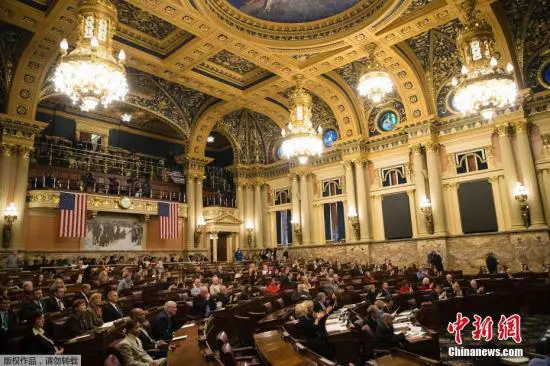China posted its fastest property investment growth in three years in the first quarter, driven by a surge in land values and as developers grew more confident about the policy outlook, however, sales slowed as existing curbs hit transactions.
Property investment grew 10.4 percent in January-March from the same period a year earlier, compared with a 9.9 percent rise in the first two months, data from the National Bureau of Statistics (NBS) showed on Tuesday. This matched the year-to-date growth seen in the January-February 2015 period, which was the fastest since the first-quarter of 2014.
Analysts say a significant rise in land prices, as well as local governments rushing to frontload public housing projects could have contributed to the boost in the headline figure.
“Land prices have grown sharply since last year, contributing heavily to the total investment value,” said Yang Yewei, a Beijing-based analyst at Southwest Securities.
Yang added that China’s efforts to get rid of shanty towns — offering money and resettlement to squatters — sped up notably in the first quarter, also resulting in higher investment values.
Total land transaction values rose 20.3 percent in the first three months of the year from a year earlier, the data showed. Over the same period, total land purchased only rose 0.5 percent.
China’s central government controls land supply and the rapid urbanization process has seen available construction land dwindle in recent years.
While the amount of land local governments are entitled to sell remains relatively stable, the country’s biggest cities, such as the southern boomtown of Shenzhen, have struggled with a supply shortage.
Other analysts note developers are incentivised to restock as inventories fall and market sentiment in smaller cities remains strong. Official data shows the amount of unsold completed homes has fallen 16.7 percent by end-march from a year earlier.
Real estate directly affects 40 other business sectors in China and is a major driver for the economy. But a boom since 2016 has raised bubble concerns and prompted a flurry of government measures to tame soaring home prices.
Chinese policymakers are seeking to engineer a soft landing without roiling the economy as a sharp decline in prices and investment would weigh on industrial activity and dampen consumer confidence.
BUOYANT DEVELOPERS
For March alone, property investment grew a robust 10.8 percent from same period last year, according to Reuters calculations based on official data.
The solid property activity appeared to support broader growth in the first quarter. China’s economy grew 6.8 percent in the first quarter from a year earlier, slightly above expectations in a Reuters poll and unchanged from the previous quarter.
“It may continue to stay buoyant because policymakers are sticking to the rhetoric of ‘precision tightening’ instead of advocating a blanket action to crackdown on the market,” said David Ji, Head of Research and Consultancy, Greater China at Knight Frank.
New construction starts measured by floor area, a gauge of developers’ confidence, were up 9.7 percent year-on-year in the first quarter, after slowing to 2.9 percent in January-February, NBS data showed.
Property investment is estimated to grow 5 percent in the full year of 2018 as tight supply and government policies that promote real estate in smaller cities are seen keeping the market relatively buoyant despite other cooling measures, a Reuters poll showed.
Investment growth is also likely to be further cushioned by a rush to build rental apartments as major Chinese developers respond to President Xi Jinping’s call for more rental supply to address people’s housing demand as affordability fades.
However, tightening measures are expected to be gradually extended to smaller cities seen at risk of overheating. Southwest Securities’s Yang expect investment to slowly ease as sales are still seen to be on a cooling trend.
Property sales by floor area rose by 3.6 percent in January-March from a year ago, slowing from a 4.1 percent gain in the first two months of the year, NBS data showed.
“Demand is still getting softer, even though I don’t think sales will fall a lot from the current level,” he said.
(REUTERS)
 简体中文
简体中文

